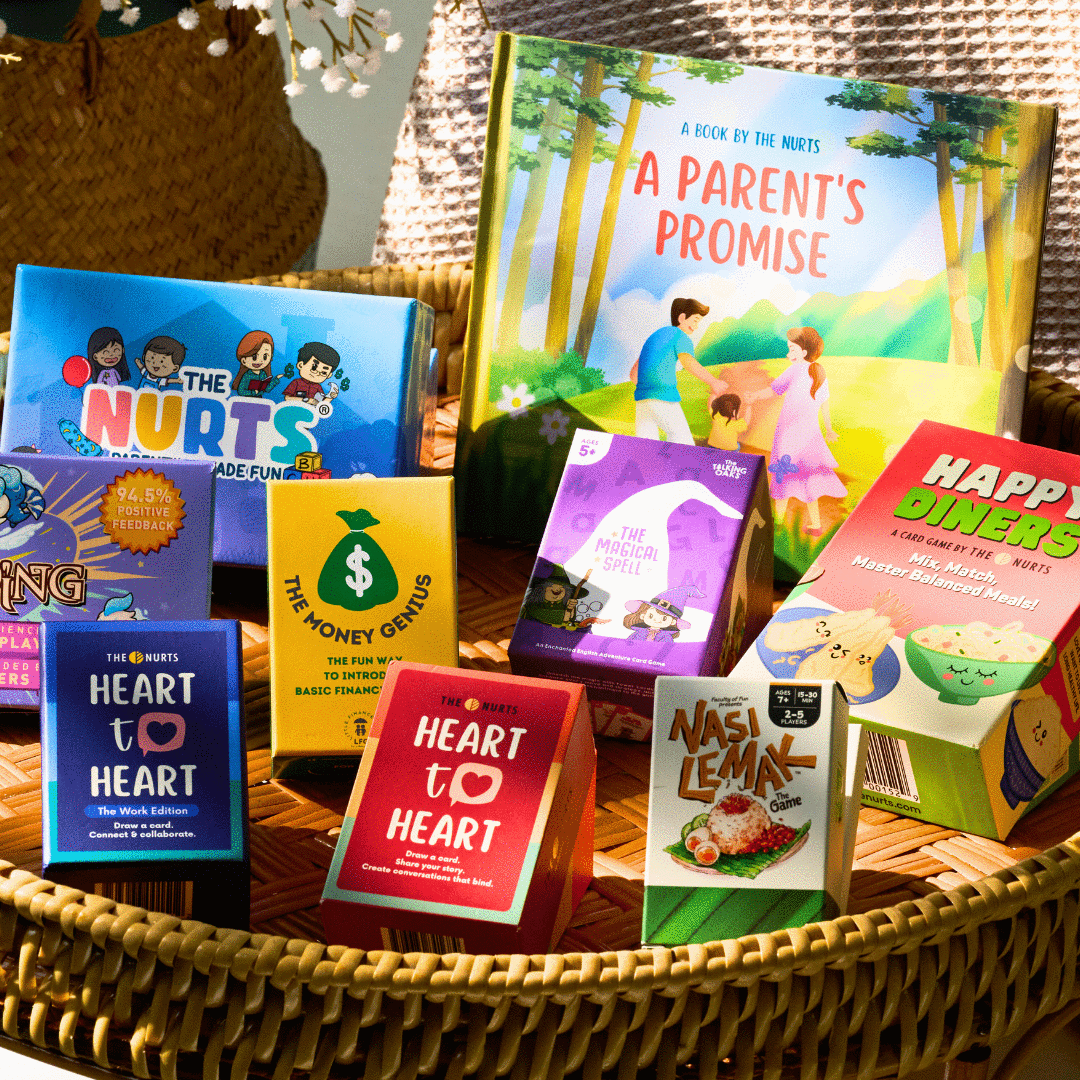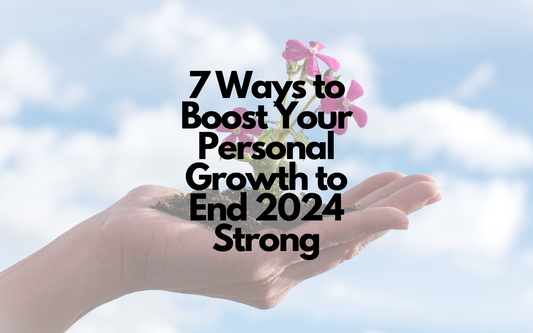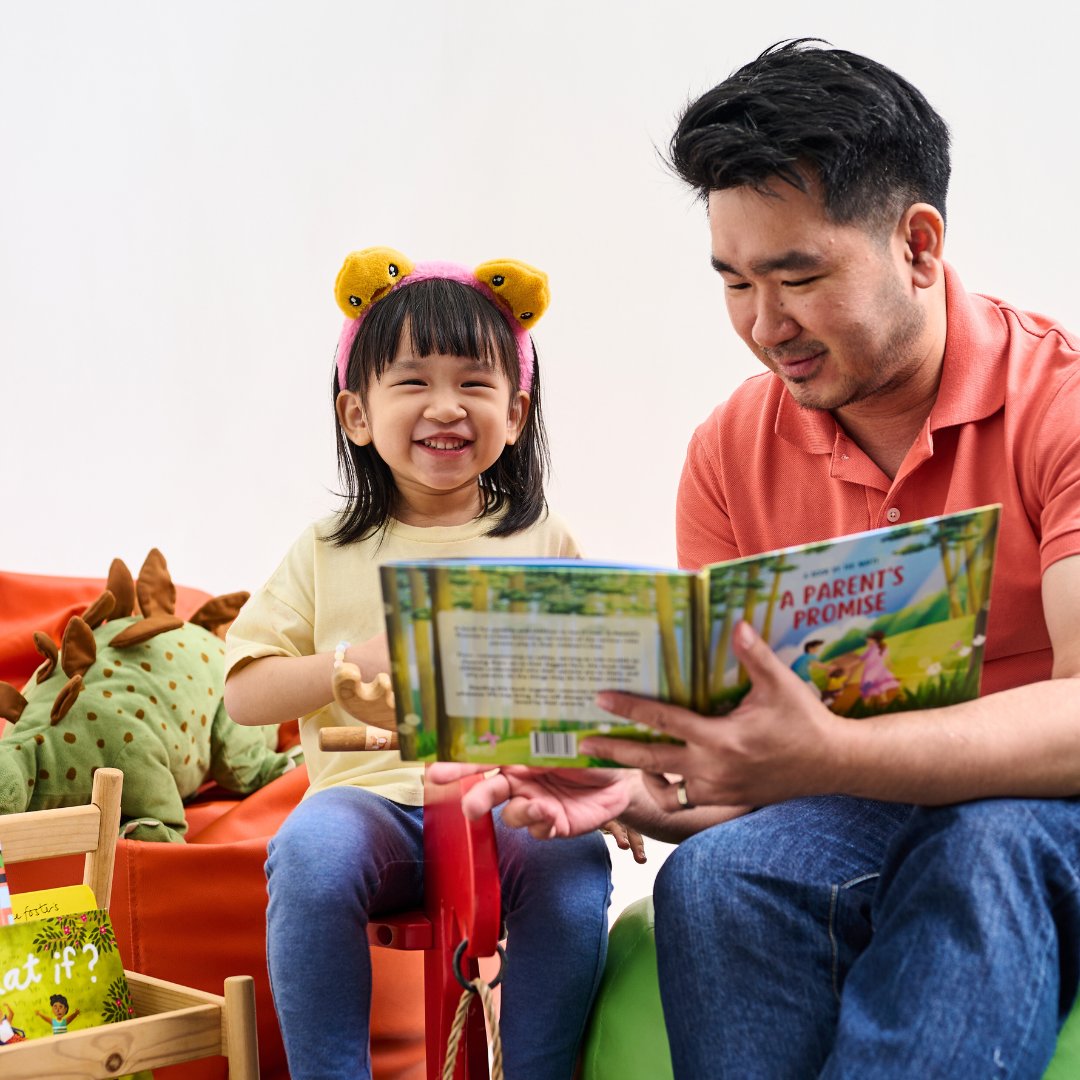As parents, it is natural for us to want our children to grow up happy, healthy and well-adjusted. One of the most important factors to achieve this is to support our children’s emotional development. Emotional development refers to the ability to recognize, express and manage feelings at the different stages of life and to have empathy for the feelings of others. Here are some tips on how we as parents can support our children’s emotional development:
1. Provide a nurturing environment
A nurturing environment is a safe and supporting environment where a child’s physical, emotional and social needs are met. It is also an environment where a child feels loved, valued, and accepted by their family. A child needs all these to grow and thrive. Children who live in a nurturing environment tend to be more open in asking questions, solving problems, trying new things and comfortable to express their emotions.
2. Show empathy
Empathy is the ability to understand and share the feelings of another. By showing our empathy and understanding to our children, they know that we are aware of what they're experiencing, and that they are not alone and always have us by their side. There are times where showing empathy will be a struggle for us, or we will jump to fix everything when something is wrong, but with empathy, we will eventually understand why our children behave in a certain way.
3. Encourage emotional expression
An emotional expression is a behavior that communicates an emotional state or attitude. It can be verbal or nonverbal, and can occur with or without self-awareness. Children usually have a hard time conveying their emotions. As parents, we can demonstrate different emotions and reactions to events, coping strategies and help them practice saying their thoughts out loud. Labeling emotions with words, drawing, and painting can help them express their emotions. Try watching the movie Inside Out with your kids.
4. Modeling healthy coping skills
Children are natural copycats, in a good way. When parents model healthy coping skills, we teach children how to manage their emotions and cope with stress. We can start by expressing our feelings in a calm manner and explain how we are going to help ourselves to calm down. Don't be afraid to acknowledge your mistake if you happen to behave inappropriately in front of your children. You can share the alternate way to react with your children and teach them to take ownership and grow from their mistakes.
5. Showing affection consistently
Children need to know that they are loved and valued unconditionally, even when they make mistakes or exhibit challenging behaviors. It shows children that our love is not limited to good behavior or performance. If our children misbehave or we’re having a bad day, it is important to remain calm and patient. Taking a deep breath and reminding ourselves to respond with kindness can defuse a tense situation.
6. Emphasize on positive language and behaviors
Positive language is effective to reframe challenging situations with children. Using positive language can help to encourage children to see the good in themselves and others. For example, instead of saying “you’re being so bad”, which can make children feel ashamed, you can say “let’s do it again together.” This approach focuses on the behaviors you wanted to see, rather than the negative behaviors you want to avoid.
Parents play vital roles in supporting children’s emotional development. The ability to regulate one’s own emotions and manage successful interactions with others is key for later academic performance, mental health, and social relationships. If children aren’t able to understand and express emotions, it can affect a lot of different areas of their lives. They are likely to have lower-quality relationships and it can even contribute to disorders such as depression.
References:
- https://www.rasmussen.edu/degrees/education/blog/stages-of-emotional-development/
- https://www.ncsl.org/human-services/social-and-emotional-development-in-early-learning-settings#9114
- https://www.naeyc.org/resources/pubs/yc/mar2018/promoting-social-and-emotional-health
- https://www.pgpedia.com/e/emotional-development
- https://www.naturalchild.org/articles/guest/pam_leo3.html#:~:text=A%20nurturing%20environment%20is%20one,is%20both%20nourished%20and%20nurtured
- https://www.understood.org/en/articles/9-ways-to-show-empathy-when-your-child-is-struggling
- https://www.understood.org/en/articles/the-importance-of-showing-empathy-to-kids-with-learning-and-thinking-differences
- https://en.wikipedia.org/wiki/Emotional_expression
- https://www.highspeedtraining.co.uk/hub/how-to-encourage-children-to-express-feelings/
- https://www.neuralbalance.com/blogs/parenting/how-parents-can-model-healthy-coping-skills-for-their-kids







